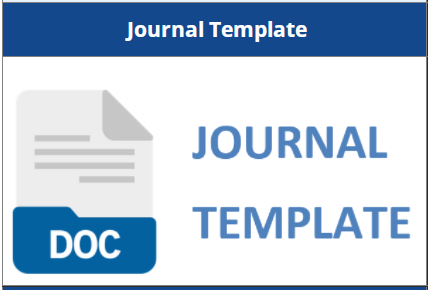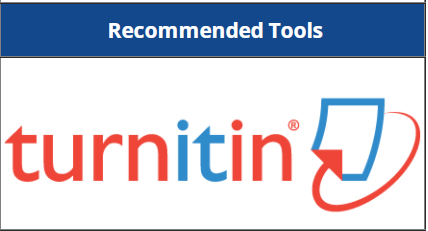Pengembangan Kawasan Sentra Bisnis sebagai Kawasan TOD dalam Aspek Berjalan Kaki Kelompok Pekerja
Abstract
The Golden Triangle Setiabudi represents an economic zone characterised by significant worker mobility. The congestion resulting from this high mobility can be alleviated by implementing the concept of Transit-Oriented Development at existing transit hubs with development potential, namely Setiabudi Astra Station and Bendungan Hilir Station. To implement this concept effectively, understanding the walking preferences of the worker demographic, particularly those aligned with utilitarian walking profiles, is essential. By discerning these preferences, it becomes possible to identify which transit points can cater to the walking requirements of the worker group. This research is executed through qualitative method with data and information obtained through questionnaire and field observations. This investigation revealed that connectivity and pedestrian infrastructure are pivotal factors influencing the walking preferences of the worker group. Both transit hubs also satisfy the criteria for these variables. Hence, it can be inferred that the areas surrounding Setiabudi Astra Station and Bendungan Hilir Station have met the walking preferences of the working demographic and possess the potential to evolve into Transit-Oriented Development zones. However, there is a need to address indicators that remain unmet, notably the block perimeter length, to offer more diverse walking route options for the worker group.
Downloads
References
[2] Cucuzzella, C., Owen, J., Goubran, S., & Walker, T. (2022). A TOD index integrating development potential, economic vibrancy, and socio-economic factors for encouraging polycentric cities. Cities, 131(July 2021), 103980. https://doi.org/10.1016/j.cities.2022.103980
[3] detikFinance. (2011, November 7). Segitiga Emas Jakarta Tetap Jadi Patokan Kawasan Perkoantoran. detikFinance. https://finance.detik.com/properti/d-1762054/segitiga-emas-jakarta-tetap-jadi-patokan-kawasan-perkantoran
[4] Enjeri Siburian, T., Sumadio, W., & Putut Ash Shidiq, I. (2020). Characteristics of Transit Oriented Development Area (Case Study: Jakarta MRT). In Journal of Geography of Tropical Environments) Tropical Environments) (Vol. 4, Issue 1). https://scholarhub.ui.ac.id/jglitropAvailableat:https://scholarhub.ui.ac.id/jglitrop/vol4/iss1/5
[5] Fonseca, F., Conticelli, E., Papageorgiou, G., Ribeiro, P., Jabbari, M., Tondelli, S., & Ramos, R. (2021). Levels and characteristics of utilitarian walking in the central areas of the cities of Bologna and Porto. Sustainability (Switzerland), 13(6). https://doi.org/10.3390/su13063064
[6] Ibraeva, A., Correia, G. H. de A., Silva, C., & Antunes, A. P. (2020). Transit-oriented development: A review of research achievements and challenges. Transportation Research Part A: Policy and Practice, 132(March 2019), 110–130. https://doi.org/10.1016/j.tra.2019.10.018
[7] Irsal, R. M., Hasibuan, H. S., & Azwar, S. A. (2023). Spatial Modeling for Residential Optimization in Dukuh Atas Transit-Oriented Development (TOD) Area, Jakarta, Indonesia. Sustainability (Switzerland), 15(1). https://doi.org/10.3390/su15010530
[8] Kang, B., Moudon, A. V., Hurvitz, P. M., & Saelens, B. E. (2017). Differences in behavior, time, location, and built environment between objectively measured utilitarian and recreational walking. Transportation Research Part D: Transport and Environment, 57, 185–194. https://doi.org/10.1016/j.trd.2017.09.026
[9] Kristianto, A. C., Ismiyati, & Setiadji, B. H. (2020). Development of Transit Oriented Development (TOD) in Semarang City. IOP Conference Series: Earth and Environmental Science, 448(1). https://doi.org/10.1088/1755-1315/448/1/012119
[10] Lamour, Q., Morelli, A. M., & Marins, K. R. de C. (2019). Improving walkability in a TOD context: Spatial strategies that enhance walking in the Belém neighbourhood, in São Paulo, Brazil. Case Studies on Transport Policy, 7(2), 280–292. https://doi.org/10.1016/j.cstp.2019.03.005
[11] RTRW DKI Jakarta. (2012). Rencana Tata Ruang Wilayah DKI Jakarta.
[12] Schlossberg, M., & Brown, N. (2004). Comparing Transit-Oriented Development Sites by Walkability Indicators. Transportation Research Record, 1887, 34–42.
[13] Sugiyono. (2013). Metode Penelitian Kuantitatif, Kualitatif, dan R&D (19th ed.). Penerbit Alfabeta.
[14] Taki, H. M., Mahmoud, M., Maatouk, H., Qurnfulah, E. M., & Aljoufie, M. O. (2017). Planning TOD with land use and transport integration: a review. Journal of Geoscience, Engineering, Environment, and Technology, 02.
[15] Zaki, F. M. (2023, January 24). Pergerakan Kendaraan di Jakarta 22,4 Juta Per Hari Selama 2022, Dirlantas: Seperti Air Bah. Tempo. Pergerakan Kendaraan di Jakarta 22,4 Juta Per Hari Selama 2022, Dirlantas: Seperti Air Bah.












